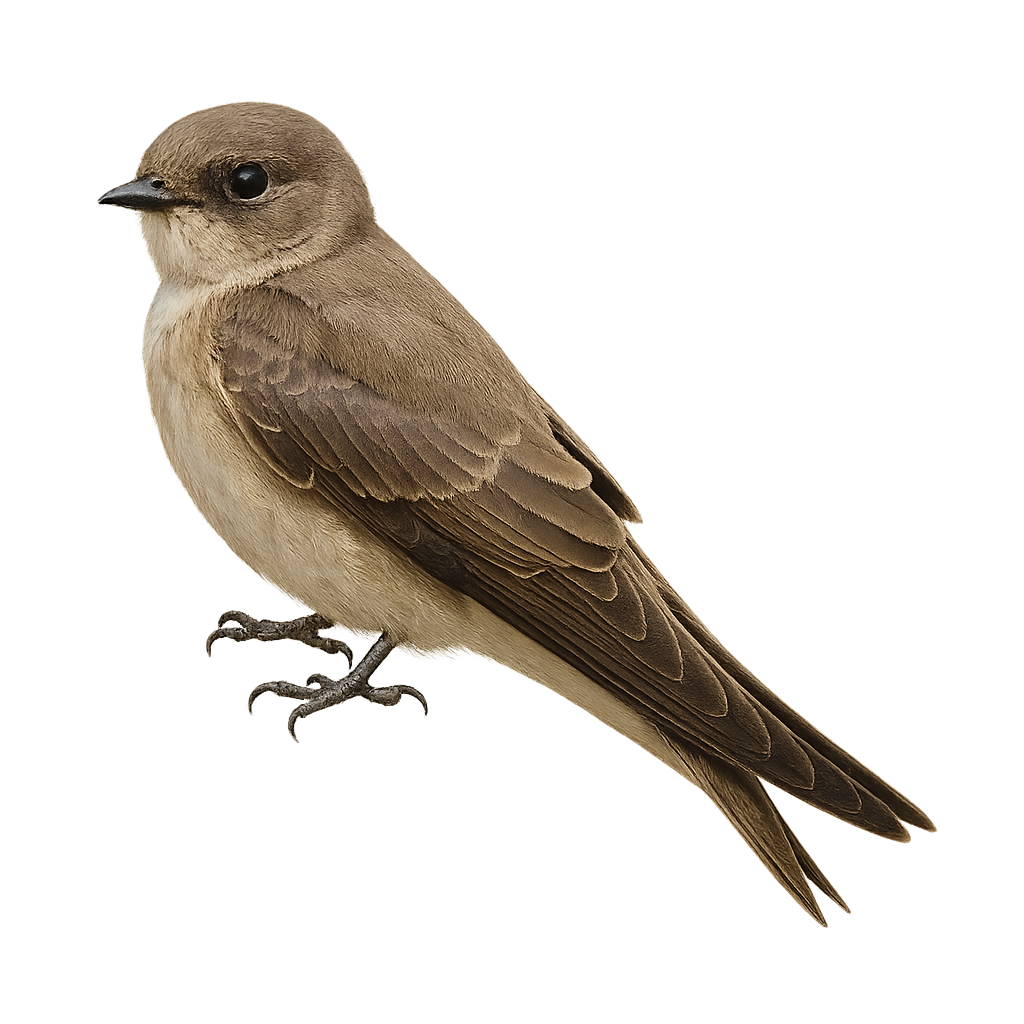Your wildlife photography guide.
Explore the eurasian crag martin in detail, study its behavior, prepare your shots.
Where to observe and photograph the eurasian crag martin in the wild
Learn where and when to spot the eurasian crag martin in the wild, how to identify the species based on distinctive features, and what natural environments it inhabits. The WildlifePhotographer app offers tailored photography tips that reflect the eurasian crag martin’s behavior, helping you capture better wildlife images. Explore the full species profile for key information including description, habitat, active periods, and approach techniques.
Eurasian Crag Martin
Scientific name: Ptyonoprogne rupestris

IUCN Status: Least Concern
Family: HIRUNDINIDAE
Group: Birds
Sensitivity to human approach: Tolerant
Minimum approach distance: 10 m
Courtship display: April to June
Incubation: 14-16 jours
Hatchings: April to July
Habitat:
cliffs, mountains, gorges, rocky areas
Activity period :
Primarily active during the day, with peak activity in the morning and late afternoon.
Identification and description:
The Eurasian Crag Martin, or Ptyonoprogne rupestris, is a medium-sized bird belonging to the Hirundinidae family. It is identifiable by its uniform brown-grey plumage, slightly lighter on the belly, and its square tail edged with white spots. This species is often found in mountainous and rocky regions of Southern Europe and Central Asia. It builds its cup-shaped nest under rocky overhangs or bridges, using mud and grass. The Eurasian Crag Martin is an agile insectivore, catching its prey in flight. It is a partial migrant, with some populations moving south in winter. Although its habitat is specific, it adapts well to human structures, contributing to its stable population.
Recommended lens:
400 mm – adjust based on distance, desired framing (portrait or habitat), and approach conditions.
Photography tips:
To photograph the Eurasian Crag Martin, it's advisable to use a telephoto lens of at least 400mm to capture detailed images without disturbing the bird. Look for nesting sites under rocky overhangs or bridges, where these birds are often active. Morning or afternoon light can provide ideal conditions for photography, revealing the subtle hues of their plumage. Be patient and discreet to observe their natural behavior, especially their agile flight while hunting insects.
The WildlifePhotographer App is coming soon!
Be the first to explore the best nature spots, track rutting seasons, log your observations, and observe more wildlife.
Already 1 439 wildlife lovers subscribed worldwide

